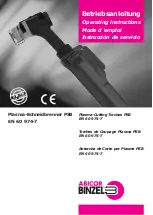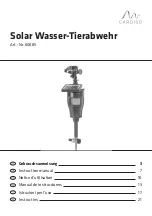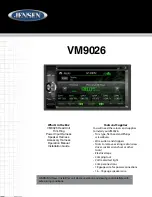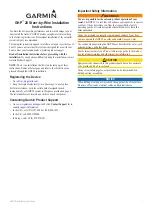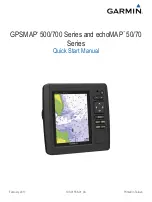
5 - Effects
E-MU VST E-Wire
E-MU PCIe Digital Audio Systems
109
Currently automatic delay compensation is supported by the Steinberg 2.0 family
(Nuendo 2.x, Cubase SX 2.0), Magix Samplitude 7.x, and Sonar (using the Cakewalk
VST adapter 4.4.1), but not, unfortunately, by Steinberg Cubase VST 5.1, Cubase LE
and Cubasis.
Track 1
Cubase VST or Cubasis
PatchMix
DSP
E-Wire
Track 2
E-Delay
E-Delay
Track 3
Insert
Insert
Insert
E-Delay Compensator Use
For host applications that don’t support
automatic delay compensation.
1.
An E-Delay Compensator should be used
when unprocessed audio tracks are played
alongside tracks using a PowerFX or E-Wire
plug-in.
2.
Simply insert an E-Delay Compensator into
each track that doesn’t use a PowerFX or
E-Wire send.
The E-Delay Compensator utility plug-in is used to manually compensate for the
transfer delay for hosts that DO NOT support plug-in delay compensation.
The E-Delay Compensator plug-in is used to delay the “dry” tracks (tracks without a
PowerFX or E-Wire as an insert effect) or auxiliary (send) channels. For each dry track
or send, add an E-Delay Compensator plug-in to re-align the track. The E-Delay
Compensator is automatic and requires no user interaction to operate.
For example, consider a Cubase VST session with two audio tracks. If PowerFX or E-
Wire is applied as an insert effect to the first audio track, but not to the second, the first
track will be delayed in relation to the second track. The E-Delay Compensator should
be added as an insert effect on the second track in order to provide delay compen-
sation.



































